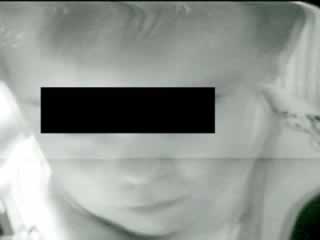Epileptic Disorders
MENUParoxysmal tonic upgaze of childhood with co-existent absence epilepsy Volume 9, issue 3, September 2007
- Key words: paroxysmal tonic upgaze, absence epilepsy, valproate, video-EEG, non-epileptic, movement disorder
- DOI : 10.1684/epd.2007.0119
- Page(s) : 332-6
- Published in: 2007
Paroxysmal tonic upgaze (PTU) is a childhood oculomotor syndrome of unclear etiology characterized by episodic tonic upward eye deviation with neck flexion. Neuroimaging findings are often normal and the electroencephalography during episodes is typically normal. We describe a 2-year-old boy who presented with macrocephaly, hypotonia, developmental delay and episodes of eye fluttering, head nodding and unresponsiveness. Video-EEG captured absence seizures and he was treated with valproate, which led to improvement of his seizures. However, two weeks after treatment, he developed paroxysmal episodes of “eyes up and chin down” movements lasting for hours at a time which were captured by home video. The episodes were relieved by sleep and exacerbated by fever, stress and even tactile stimulation. Increasing the dose of valproate resulted in increased frequency of the episodes. A repeat video-EEG disclosed the non-epileptic nature of these events. Discontinuation of valproate dramatically decreased the episodes. This case illustrates that paroxysmal tonic upgaze of childhood may co-exist with early onset absence epilepsy. Furthermore, valproate treatment may be associated with the development or unmasking of PTU suggesting that the pathophysiology of PTU may involve abnormal GABA neurotransmission.[Published with videosequences]


